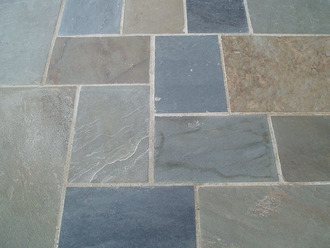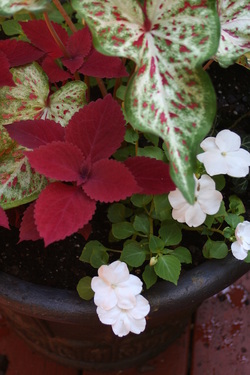|
The landscape design and installation process can be overwhelming. I encourage you to take plenty of time to plan the structure of the landscape and not rush this part of the process. The hardscapes, lawn lines, bed prep, and trees are expensive, time-consuming to implement, and permanent elements of the project. We want to get it right the first time. Today, I'm providing a few tips on the sizing of outdoor living spaces, specifically, patios and decks.
Sometimes choosing a cool design with multi-levels or curves can be problematic. Steps between levels will consume lots of space, and the area along the top of the steps is known as a dead space for obvious safety reasons. A curved outer edge can render an area useless given the angular shape of furniture. Multi-levels and curves can be difficult to accommodate unless the space is exceptionally large. Function should be the priority. The process of correctly sizing a patio or deck continues with using the house as a guide. Use your mind's eye to extend lines from the lower corners of doors and windows to the foundation or ground level and then perpendicular out into the yard. The placement of the patio or deck along the back of the house should end up between any of these lines. This process of aligning the patio or deck with corners, windows and doors visually connects the new outdoor space to the house.
|
Welcome to my journal. For over 20 years I've created original landscape plans to help homeowners increase property value and really enjoy their yards. I approach every project as an unique opportunity to develop a work of living art, one that will require minimal care and age beautifully with time. In this journal, I will share some of my field experiences and tricks of the trade with you. Feel free to email questions. Thanks for visiting.
Archives
February 2019
|





